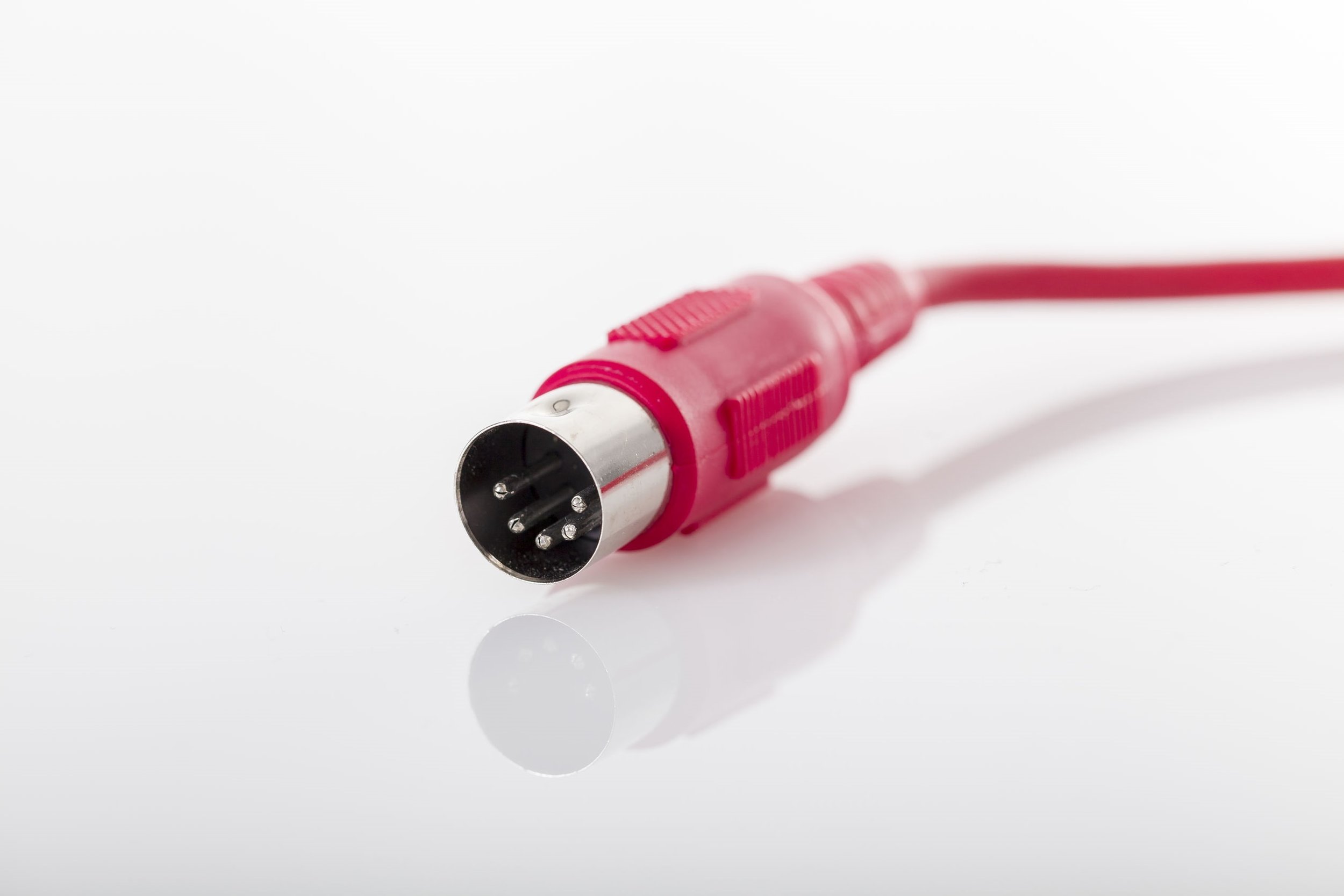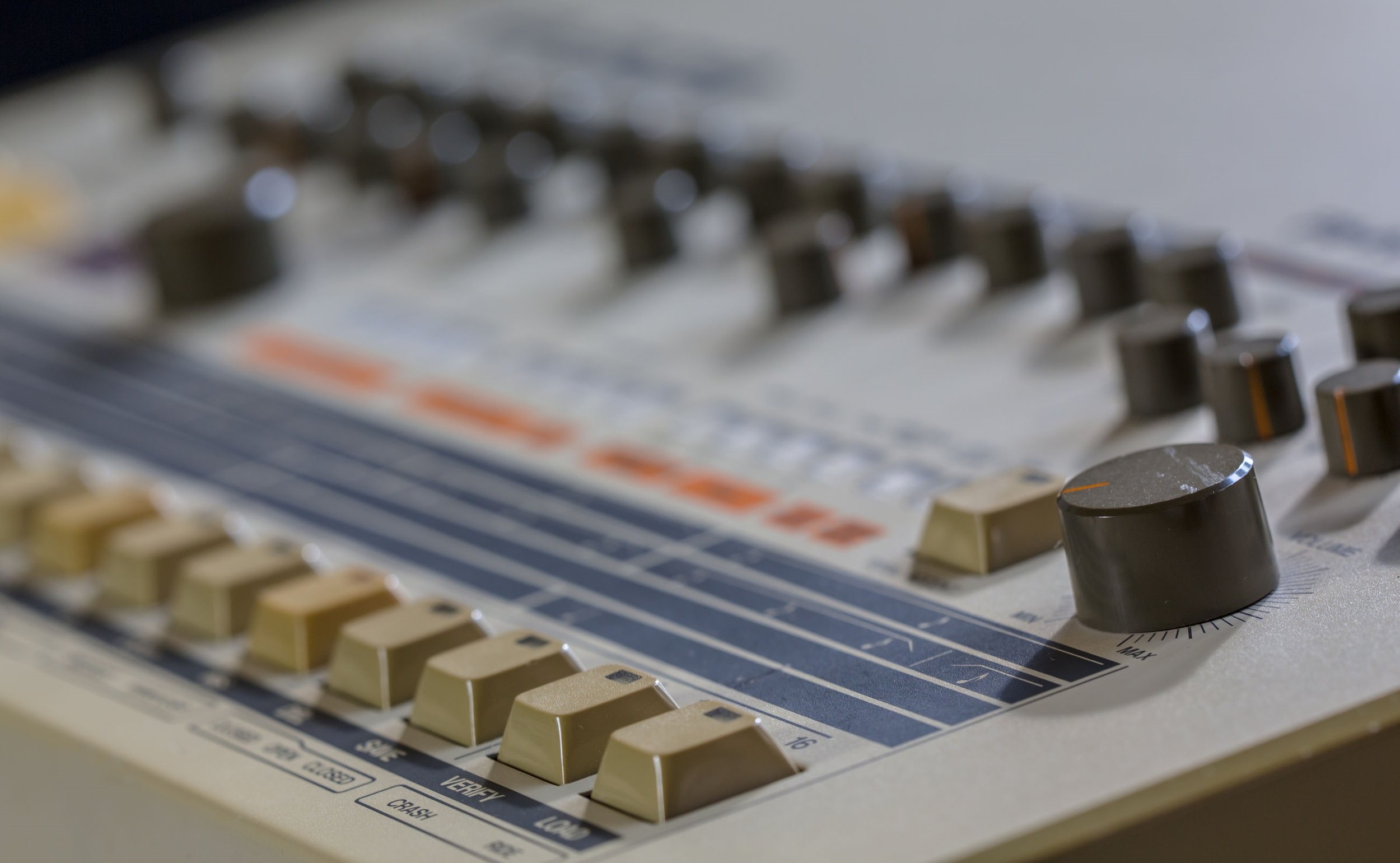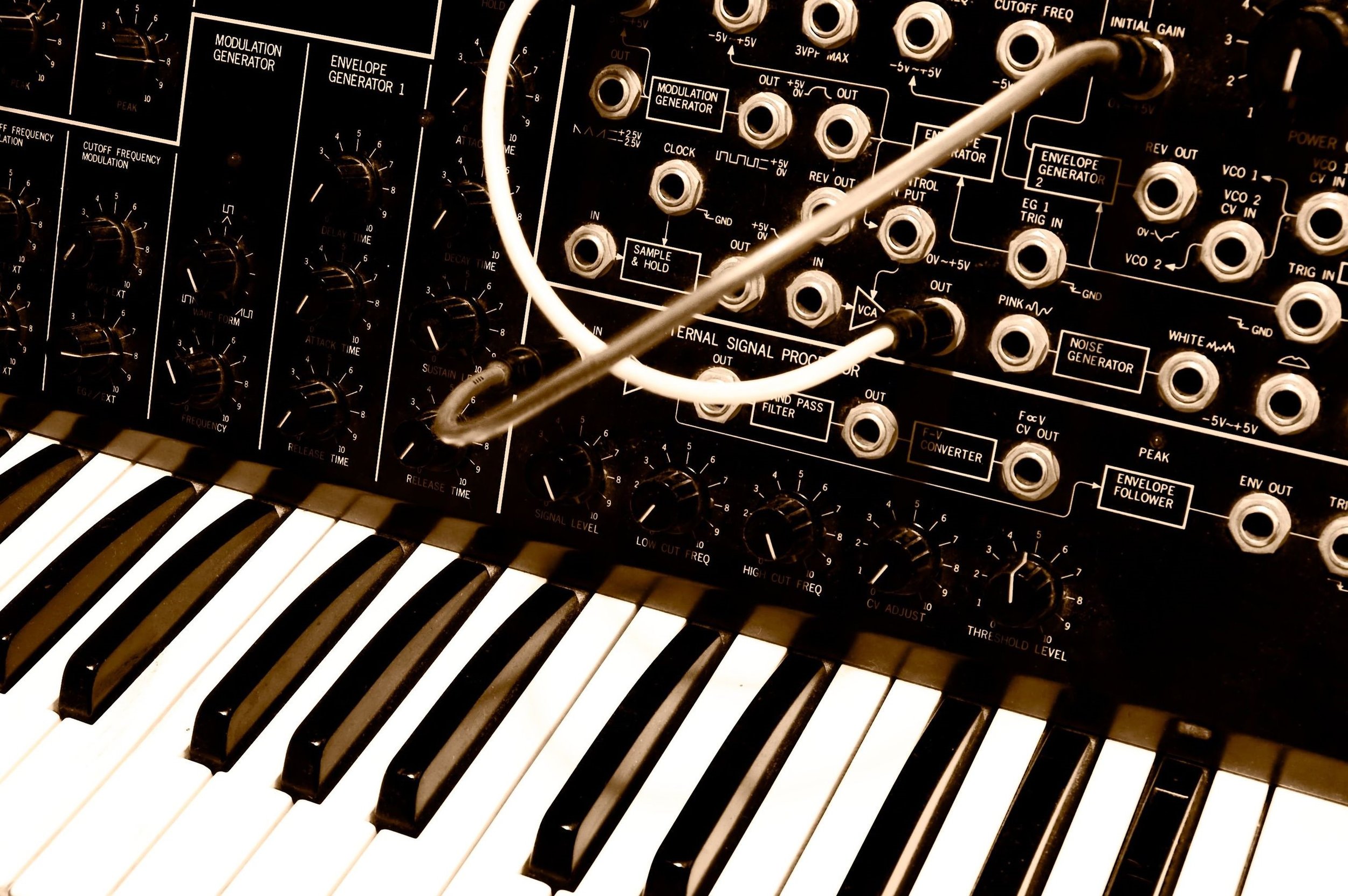I’ve never played a traditional saxophone. Or any woodwind for that matter. But I can’t wait to add the Vindor ES1 to my arsenal of music gear. Sure, learning how to play the sax with a diminished learning curve is an amazing proposition, and something that will be on my to-do list. But what really gets my musical imagination worked up is the ES1’s MIDI functionality. Though the technology driving the MIDI protocol is 35 years old, artists and engineers are constantly pushing music forward using this intersection of sound waves and electrons.
Ikutaro Kakehashi (Feb. 1930 – April 2017) is regarded as a pioneer for inventing synthesizers and drum machines, like the Roland 909 above, that are still used today and are sought after not only as music production tools but also as objets d’art.
MIDI stands for Musical Instrument Digital Interface and was developed by a cadre of synthesizer engineers from Japan and the US. Ikutaro Kakehashi of Roland, Tom Oberheim of Oberheim Electronics, and Dave Smith of Sequential Circuits devised a universal protocol that would allow electronic music equipment from different manufacturers to communicate with one another. For example, a MIDI-equipped keyboard synthesizer could synchronize with a MIDI-equipped drum machine to trigger drum hits along with certain notes played on the keyboard. Or a MIDI file could function like a player-piano music roll, triggering a video game console’s sound processor to create background music. Furthermore, MIDI, being unleashed in the early 1980s, grew up right alongside the personal computer. Connecting a MIDI instrument to a computer allowed musicians, classically trained or otherwise, to compose songs on a graphical grid as opposed to a standard G- and F-clef.
The creators of MIDI knew flexibility would be key to its success. A variety of parameters can be defined on a virtual instrument, such as the waveform’s attack, decay, sustain, and release, each with 128 levels of sensitivity. And while keyboard- and touch-based synths can approximate the breathy qualities of a saxophone, they often don’t hit the mark. The Vindor ES1 creates MIDI data based on the player’s blowing into the mouthpiece and applies it to the aforementioned attack, decay, sustain, and release parameters, creating MIDI data that can be sent over USB to a computer or external synthesizer. The qualities of a woodwind – a highly controllable attack, decay, sustain, and release – can finally be applied to virtual instruments in an accurate way.
Most synths, like to Korg MS-20 above, use a piano-style keybed as an input mechanism. The Vindor ES1 uses the rising and falling of the player’s breath to measure attack, decay, sustain, and release.
Sure, MIDI controllers that use a wind-based approach have been on the market for a few years, but these are often prohibitively expensive, use strange and uncomfortable buttons to control certain parameters, and use proprietary mouthpieces. The musicians and engineers behind MIDI knew that charging manufacturers to use the technology would be detrimental to its proliferation and therefore did not require any licensing fees. While we do have to charge for manufacturing and engineering costs, Vindor is taking a similar approach and making the ES1 available to as many people as possible by maintaining an affordable price point, and I can’t wait to see what new techniques and sounds ES1 users come up with by using its MIDI functionality.



